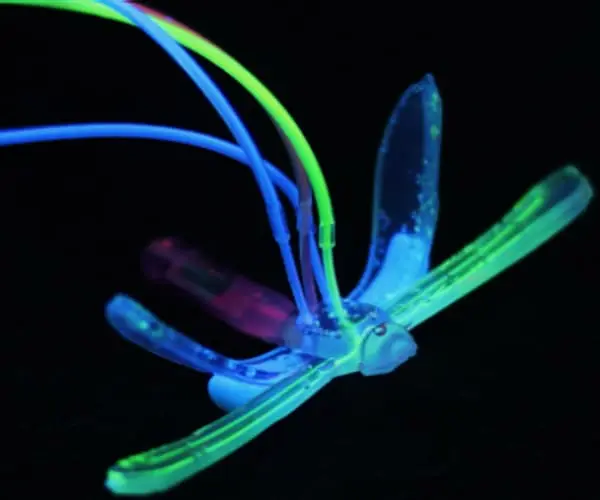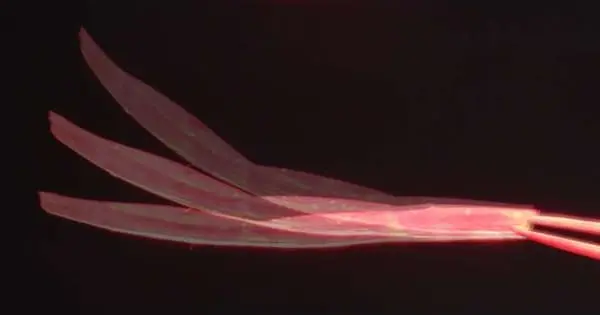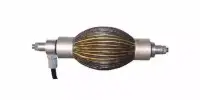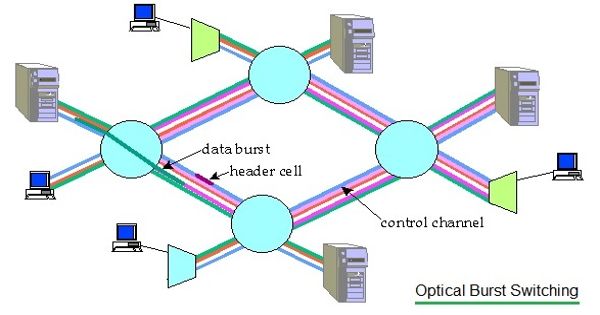A floating, robotic film developed at UC Riverside could be trained to clean up oil spills at sea or contaminants in drinking water. The film, which is powered by light and fueled by water, could be deployed indefinitely to clean remote areas where other means of recharging would be difficult.
Researchers from SA+P’s Senseable City Lab have developed a prototype robot for a system called Seaswarm – a fleet of vehicles that could make cleaning up future oil spills, such as the BP spill in the Gulf of Mexico, less expensive and more efficient than current skimming methods.
“Our motivation was to create soft robots that are self-sustaining and capable of adapting to changes in the environment. This machine is sustainable if it is powered by sunlight and does not require additional energy sources “Zhiwei Li, a chemist at UCR, agreed. “The film can also be reused.”
Neusbot was named by researchers after neustons, a type of animal that includes water striders. These insects move across the surface of lakes and slow-moving streams in a pulsing motion, similar to what scientists have accomplished with the Neusbot, which can move on any body of water.
Our motivation was to create soft robots that are self-sustaining and capable of adapting to changes in the environment. This machine is sustainable if it is powered by sunlight and does not require additional energy sources. The film can also be reused.
Zhiwei Li.
While other scientists have created films that bend in response to light, none have been able to produce the adjustable, mechanical oscillation that Neusbot is capable of. This type of motion is essential for controlling the robot and getting it to work where and when you want it to.
A new Science Robotics paper describes the technical details of this accomplishment. “There aren’t many ways to achieve this kind of controllable movement with light. We solved the problem by using a tri-layer film that functions similarly to a steam engine “Li elaborated.
Early trains were propelled by steam generated by boiling water. Neusbot is powered by a similar principle, but with light as the source of power. The porous middle layer of the film holds water as well as iron oxide and copper nanorods. Light energy is converted into heat by the nanorods, which vaporize the water and powers pulsed motion across the water’s surface.

The bottom layer of Neusbot is hydrophobic, so even if an ocean wave overpowered it, it would float back to the surface. Furthermore, the nanomaterials can withstand high salt concentrations without being harmed. “I’m confident in their stability in high salt environments,” Li said.
Li and UCR chemistry professor Yadong Yin specializes in creating nanomaterial-based robots. They changed the angle of Neusbot’s light source to control its direction. The robot would simply move forward if it was powered solely by the sun. They could direct where Neusbot swims and cleans with an additional light source.
Neusbot’s current version only has three layers. The research team hopes to test future versions with a fourth layer that can absorb oil or other chemicals. “Normally, ships are dispatched to the site of an oil spill to clean it up by hand. Neusbot could perform this task in the same way that a robot vacuum would, but on the water’s surface, “Li stated. They’d also like to try to fine-tune its oscillation mode and give it the ability to perform the more complex motion. “We want to show that these robots can do a lot of things that previous versions couldn’t,” he said.
To clean up future spills, an MIT team has developed a solar-powered, oil-guzzling robot. The 16-foot-long, seven-foot-wide robot employs a nanowire mesh capable of absorbing up to 20 times its own weight in oil. Fill fuel tanks to 90 percent capacity or less to reduce the possibility of spills. Oil absorbent pads should be used in the bilges of all boats with inboard engines. To reduce the risk of sinking, inspect through-hull fittings on a regular basis. Used oil and filters should be recycled.
Because of its hydrophobic properties, the flexible conveyor belt rolls softly over the ocean’s surface, absorbing oil while deflecting water. Each robot communicates its location via GPS and WiFi in order to create an organized collection system that can work continuously without human assistance. Because the robots are smaller than commercial skimmers attached to large fishing vessels, they can reach difficult-to-reach areas such as estuaries and coastlines.
Cleaning up oil spills is an expensive endeavor. If spills can be contained as they happen, the cost and environmental damage can be reduced if eco-friendly robots are quickly deployed to the spill site. The robots are capable of working quickly and efficiently, as well as deeper penetration to collect more oil. Robots do not have to worry about bad weather while performing their duties.















